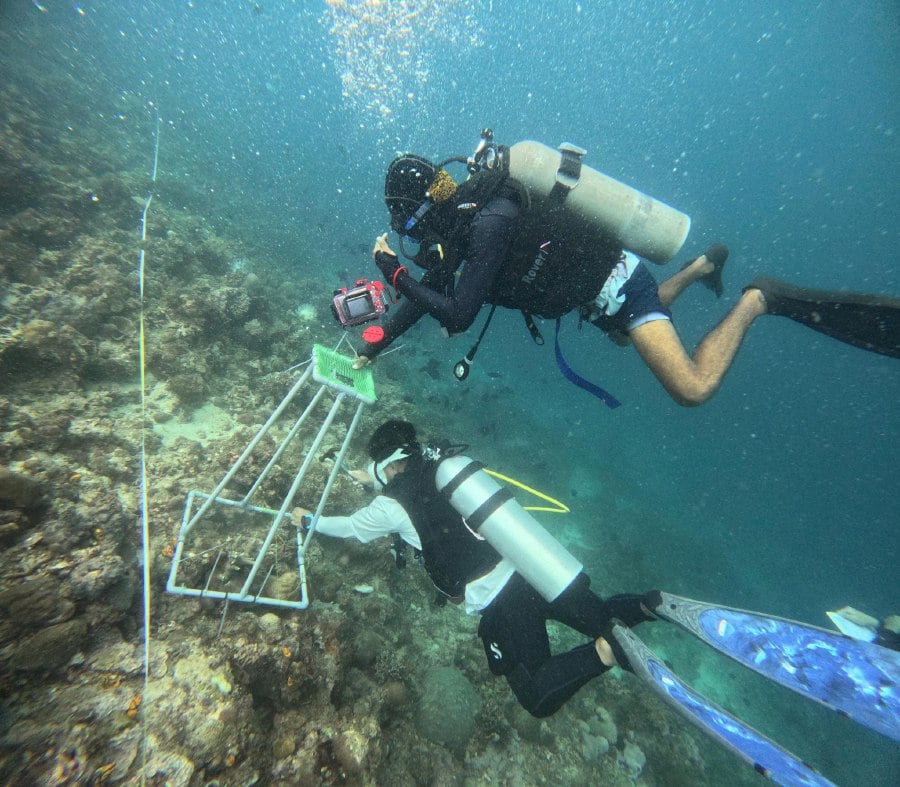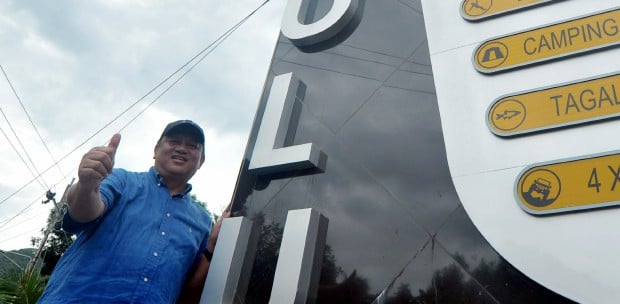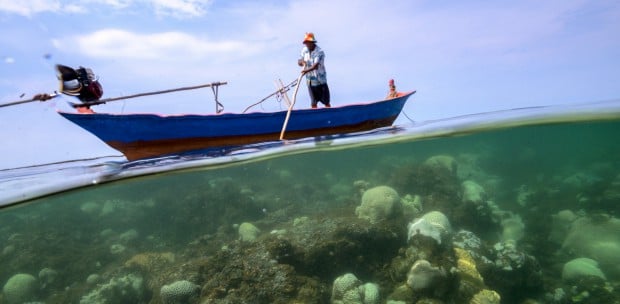SEMPORNA: Reef Check Malaysia emphasises the need for action to change the approach to tourism, as the window of opportunity to reverse the environmental impact is closing rapidly.
According to the non-governmental organisation's (NGO) annual survey report last year, the sand, disturbance, and rubble levels of the Tun Sakaran Marine Park reefs are very high. Boat anchor damage, trash, and warm water bleaching have also affected some corals.
The marine park consists of the islands of Bodgaya, Boheydulang, Sebangkat, and Salakan, as well as the sand cays of Maiga, Sibuan, and Mantabuan, and the patch reefs of Church and Kapikan. Established in 2004, the park became the seventh gazetted area under Sabah Parks, covering a total area of 100.8 sq km with approximately 2,000 people living within its boundaries.
Reef Check also surveyed Mabul, a popular diving destination, and found indicators pointing to an unhealthy status. Paradise and Scuba Junkie House Reef recorded over 25 percent rubble, while the silt levels were high at Panglima (13.75 percent) and Scuba Junkie House Reef (11.25 percent).
"In 2023, the reefs deteriorated, likely due to physical damage from human activities and/or storms, as well as increased nutrient levels in the surrounding waters."
However, reefs in Kapalai, another renowned diving site, have shown improvement, with increasing live coral cover over the years.
"The decreasing amount of sand may indicate reduced disturbance. Disturbance and pollution indicators have decreased, while the available substrate for coral recruits is very high, suggesting a potential for continuous improvement in reef health if human impacts are addressed."
The report recommends a shift from mass tourism to niche tourism, which offers opportunities to protect both ecosystems and communities, both of which can be negatively affected by tourism.
"We encourage the Department of Fisheries Malaysia, Sabah Parks, and Sarawak Forestry Corporation to convene stakeholders to discuss these challenges and devise solutions that benefit everyone."
Meanwhile, a collaborative effort among islanders, Reef Check Malaysia, Sabah Parks, and the Sabah Tourism, Culture, and Environment Ministry has seen over 12,500 corals surveyed in the waters off the Sabah east coast district since June last year.
Conservation activities were conducted in four islands popular for scuba diving and tourism, namely Selakan, Mabul, Kulapuan, and Larapan.
Reef Check Malaysia programme manager Adzmin Fatta said such initiatives not only contribute to the preservation of Semporna's environment but also demonstrate the power of community-led conservation efforts.
"Some have even taken the lead in deterring illegal fishing practices around their communities. Others help address waste management issues, particularly the youth from Larapan Marine Conservation Group, which has successfully recovered 7,000kg of waste through waste management efforts on the island supported by Reef Check Malaysia," he said.
Adzmin added that Reef Check Malaysia has provided scuba diving training to youths in the islands of Semporna, including eco-diver training.
"This is to equip them with skills to conduct citizen science coral reef monitoring and various coral reef restoration techniques, which they are implementing in their respective home islands."





